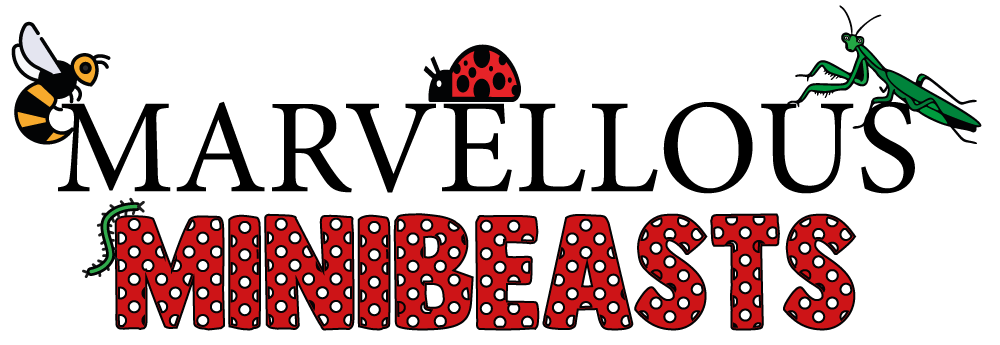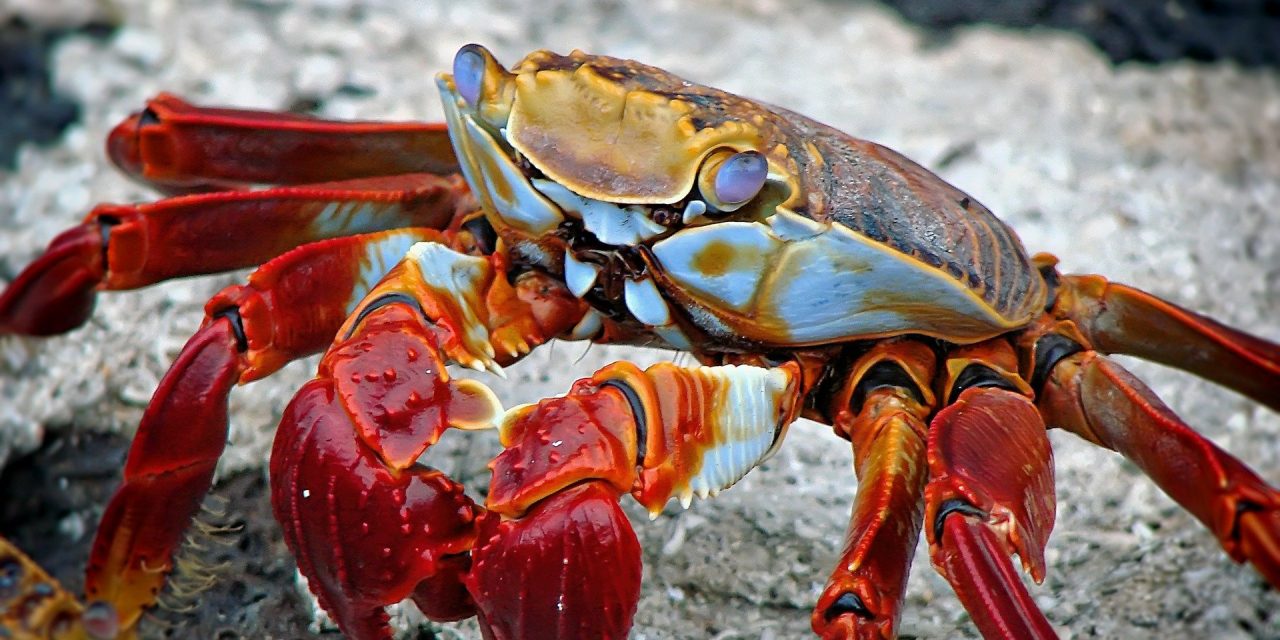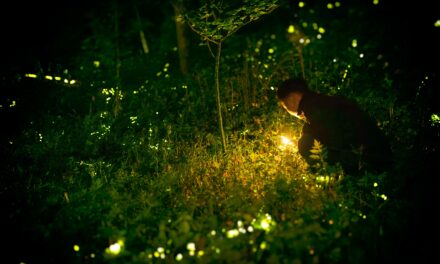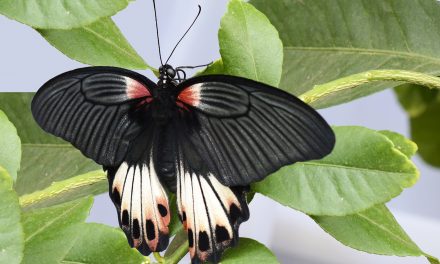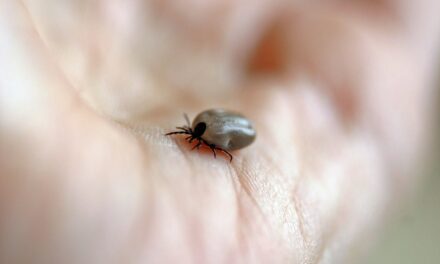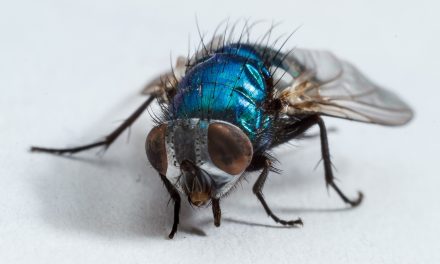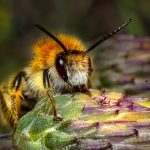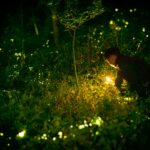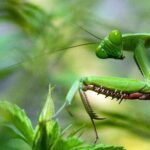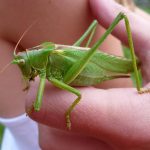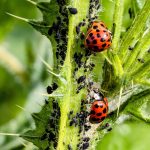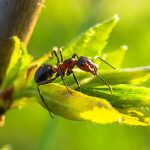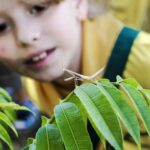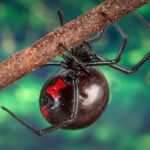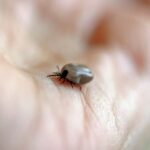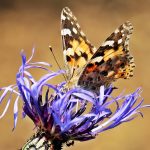Crustaceans, arachnids and insects belong to the same family—arthropods. They share similar distinctive physical characteristics, like;
- No backbone,
- Hard exoskeletons
- Jointed legs
- Segmented bodies
Shrimp, barnacles, lobsters and crabs etc., fall into the crustacean family. Crustaceans are not insects, but they are closely related to them. Insects and crustaceans were classified as two of the main groups within the phylum Arthropoda family; however, there is DNA evidence suggesting insects have evolved from crustaceans which would explain why they share similar characteristics.
Differences between crustaceans and insects
Ants, flies, wasps and dragonflies, have tri-segmented bodies consisting of the;
- Head
- Thorax
- Abdomen
- Like crabs, lobsters, shrimps, and crayfish, crustaceans only have two body segments: the head and thorax.
- Insects have three pairs of legs, whereas crustaceans have more than three pairs of legs.
- Insects have adapted over time, with many insect species developing wings.
- All insects breathe air, whereas crustaceans breathe underwater using a gill-like mechanism.
- Most crustaceans do not have antennae, but those who do will have two pairs, whereas Insects typically only have one pair of antennae.
- Crustaceans have chelicerae, or claws, at the end of their first set of legs, but Insects usually have mandibles which they use for tearing food apart.
Habitats
Insects are found in almost all ecosystems. Crustaceans are generally found in water except for a small number of species, such as coconut crabs, sand hoppers and woodlice who live on land.
Is a woodlouse an insect?
No, a woodlouse is a crustacean, believe it or not, and are related to shrimps and crabs. Most land-living crustaceans return to the water to breed, but woodlice don’t. Woodlice do not have a waxy body covering, so they can quickly dry out, which is why you will find them hiding under things like rocks and wood where it is cool and damp. Woodlice usually stay hidden during the day and come out during the night. There are nearly 50 types of woodlouse found in Britain, but only 37 out of those 50 are native to Britain; the rest have been accidentally imported.
Recycling and composting
Common rough woodlice are recyclers, which means they eat decaying wood, leaf litter, fungi, fallen fruit, dead animals and even faeces. They even eat their own poop! Like marine crustaceans, their blood is copper-based, so they eat their own poop to recycle the copper back into their diet. Woodlice even make great composters, so if you compost, then it would be wise to throw in some woodlice.
How do woodlice breathe?
Woodlice breathe in the same way other crustaceans do via gills, so they need to live in damp environments. A crustacean’s gills are found in either the chest cavity or on their legs. They look like feathered areas at the end of the legs or between the legs and body, which allows them to take in oxygen. The reason woodlice can live on land is that they excrete a liquid, which is pushed over the gills and oxygen is pulled from this expelled liquid.
Coconut crab
The coconut crab, also nicknamed the robber crab, is a large nocturnal land crab. They can be found in the southwest Pacific and Indian oceans and are closely related to the hermit and king crab. Coconut crabs are scavengers; they feed on coconuts, fallen fruit, birds, and other crabs.
The largest of the coconut crabs can exert a force of around 750 pounds with their pincers. It is impressively known for using its pincers to rip apart the fibres of a coconut and crack them open. If they cannot open them by force, they will hit them repeatedly with their pincers or drop them from trees.
Like most land-living crustaceans, the female coconut crab must return to the sea to release her eggs. The eggs hatch immediately into microscopic swimming larvae called zoeas. They live in the water and feed on tiny organisms. Around 20-30 days later, the zoea develops into a glaucothoe; at this point, the crab will leave the water to live in a seashell. This stage takes around 3-4 weeks. After this time, It will discard the shell and bury itself in damp sand; it will grow into an adult crab during this stage.
Sand hopper
Sand Hoppers are also known as sand fleas and are found all around the British Isles; they live in amongst the sand and seaweed. Sand hoppers get their name from their ability to jump several inches into the air. Sand hoppers will die if they dry out, which is why they live in wet sand close to the sea to survive. They come out at night to feed on decomposing marine vegetation.
